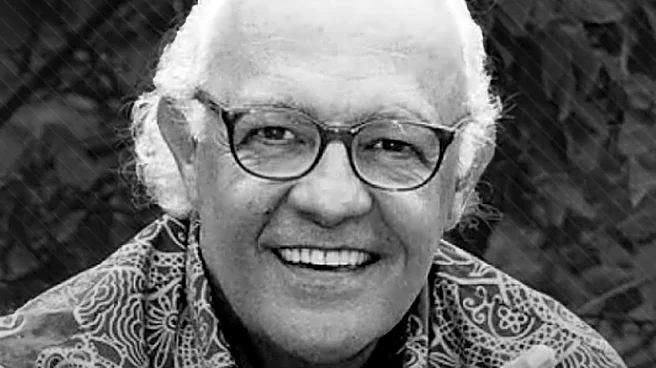What's Happening?
A significant number of older Americans are entering retirement alone, with over 16 million individuals in this demographic. According to Mary Clements Evans, a Certified Financial Planner, 80% of these solo retirees have not adequately planned for household or healthcare assistance. This trend is attributed to various factors, including fewer children, children living far away, or the absence of children altogether. Additionally, longer life expectancies and higher divorce rates contribute to this phenomenon. Evans highlights the emotional and financial challenges faced by solo retirees, emphasizing the importance of community connections. Options such as 55-and-over communities and continuing care retirement communities (CCRCs) are available, though financial considerations, such as the presence of a benevolence fund, are crucial for those with limited means.
Why It's Important?
The growing number of solo retirees presents significant implications for U.S. society and the economy. As more individuals face retirement without familial support, there is an increased demand for community-based solutions and services tailored to their needs. This trend could lead to a rise in the development of retirement communities and specialized services, impacting the real estate and healthcare sectors. Additionally, the lack of planning among solo retirees poses a potential strain on public resources, such as Medicaid, especially as cuts to these programs could affect the availability of nursing home care. Addressing the mental health and social needs of solo retirees is also crucial, as isolation can lead to depression and other health issues, further burdening healthcare systems.
What's Next?
As the number of solo retirees continues to grow, there is likely to be increased advocacy for policies that support aging in place and community integration. This could involve expanding telehealth services, ride-sharing options, and home retrofitting programs to accommodate the needs of older adults. Additionally, financial planners and policymakers may need to develop strategies to encourage better retirement planning among individuals, particularly those without family support. The potential for increased demand for retirement communities and related services may also drive innovation and investment in these areas, offering new opportunities for businesses and service providers.
Beyond the Headlines
The trend of solo retirement raises broader questions about societal values and the role of community in supporting aging populations. It highlights the need for a cultural shift towards greater community involvement and support for older adults, potentially leading to new social norms and practices. Furthermore, the financial and emotional challenges faced by solo retirees underscore the importance of addressing systemic issues such as income inequality and access to affordable healthcare, which can exacerbate the difficulties of aging alone.










